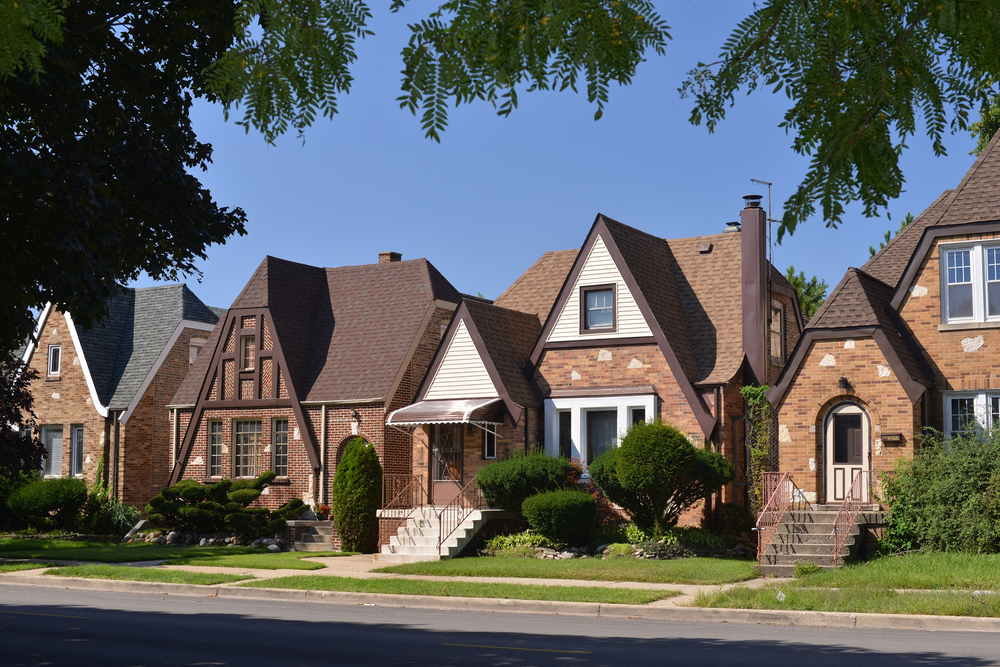If you own a home with a steep, gambrel style roof, you know how beautiful and unique this architectural style can be. However, when it comes time to replace your roof, you may be wondering how to approach the project. A steep roof can be more challenging to work on, but with the right planning and expertise, it can be done successfully. In this blog post, we’ll cover what you need to know when it comes to replacing a roof on a steep, gambrel style roof.
The first step in replacing a roof on a steep, gambrel style roof is to hire a professional roofing contractor. A steep roof can be dangerous to work on, and you want to make sure that the contractor you hire has the necessary expertise and safety equipment to get the job done safely. Look for a contractor who has experience working on steep roofs and who can provide references and proof of insurance.
Next, you’ll need to consider the materials you want to use for your new roof. Asphalt shingles are a popular choice because they are affordable and come in a wide range of colors and styles. However, if you want a more durable option, you may want to consider metal roofing. Metal roofing is more expensive than asphalt shingles, but it can last for 50 years or more and is more resistant to damage from weather, fire, and pests.
When it comes to the actual installation of the new roof, your contractor will need to take extra precautions to ensure their safety while working on a steep roof. They may need to use harnesses, ropes, and other safety equipment to prevent falls. Additionally, they may need to use special tools and techniques to properly install the new roof and ensure that it is properly anchored to the structure of your home.
In the end, replacing a roof on a steep, gambrel style roof is a big project, but with the right planning and expertise, it can be done successfully. By working with a professional roofing contractor and carefully considering the materials and installation methods you want to use, you can ensure that your new roof will be both beautiful and long-lasting.

